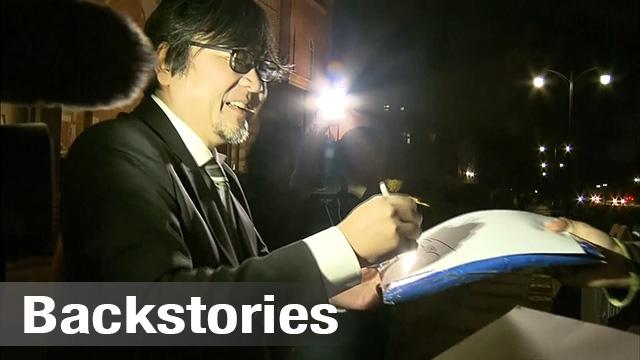Mirai is the story of four-year-old Kun, his baby sister Mirai and their travels through time. Kun has been upset because he feels his parents give all their attention to his newborn sister. One day, he meets a middle-school girl who says she is his little sister from the future. "Mirai" literally means "future" in Japanese.
Kun then repeatedly travels through time. He meets many of his family members in their younger days. These experiences help him grow and realize the importance of family ties.
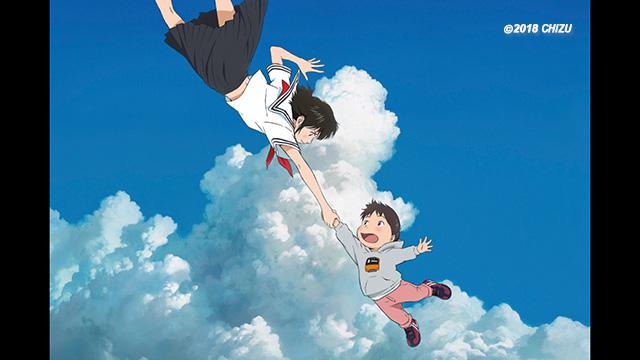
Since his debut in the late 1990s as an anime director, Hosoda has won high praise for his otherworldly visions. 2009's Summer Wars is about saving earth from the threat of artificial intelligence. The Boy and the Beast, from 2015, focuses on the bond between monsters and humans. In Mirai, Hosoda wanted to depict the relationships within an ordinary Japanese family through the surreal circumstances of time travel. He wrote the script himself from this original concept.
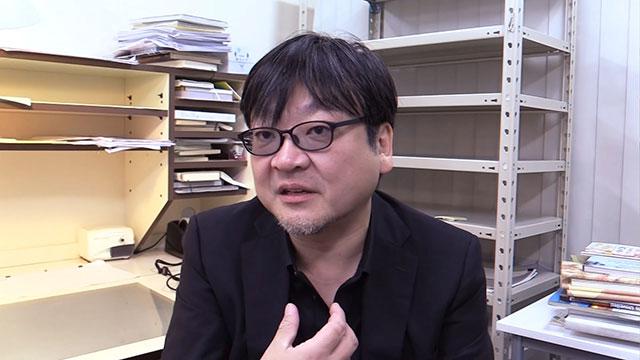
Hosoda talks about how he sees his stories: "Mirai is made up of things that are close to me -- things that are Japanese. People in other countries see that and compare it with similar things in their own families.
"I'm a director from Japan, so I've been making films with Japanese protagonists in a contemporary Japanese context. I think this is important when giving universal value to my films in order to be appreciated globally."
Animation critic Charles Solomon says Mirai conveys a theme that anyone in the world can relate to with great warmth and great skill.
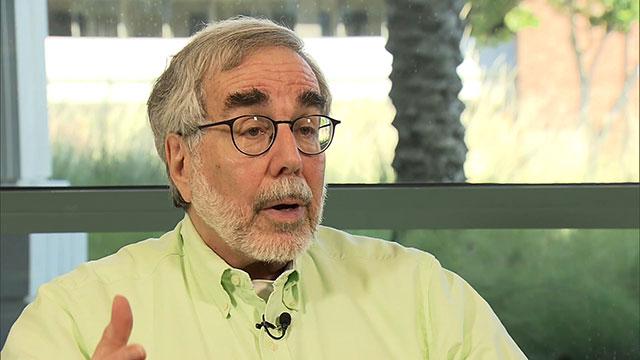
While many animated films are now made entirely using computer graphics, Hosoda still prefers drawing by hand.
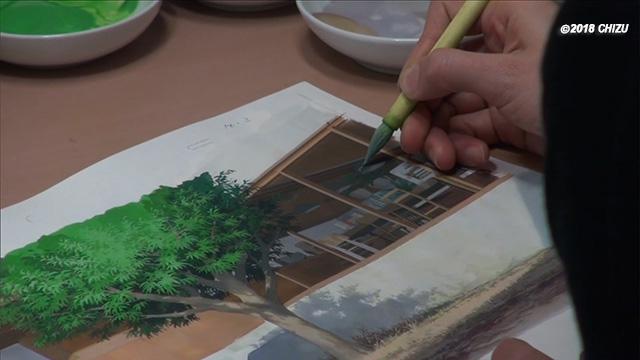
Solomon feels this old-fashioned approach gives Hosoda's works depth and power that computer graphics cannot match.
"The backgrounds of Hosoda's films are very beautiful," he says. "It's not that they're gorgeous paintings, but that they're creating the world where these characters live. Hosoda always uses the backgrounds in ways that are telling the story."
Solomon also praises the characters' motions, such as how children move around.
"Children are very hard to draw, and by understanding these facts about the way real children move, and transferring from the drawings, you get a believable little boy," he says.

We asked what kind of films Hosoda wants to make in future.
"I could be making adventure films, the kind that are popular with children and families. But I have an ideal to make movies that deal with values that are fundamental to humanity -- like what it means for children to grow up, or what families are," he says.
"Otherwise, to me, it doesn't make sense producing anything at all. I think I should express my true feelings as a creator on what I feel about life and society.”
